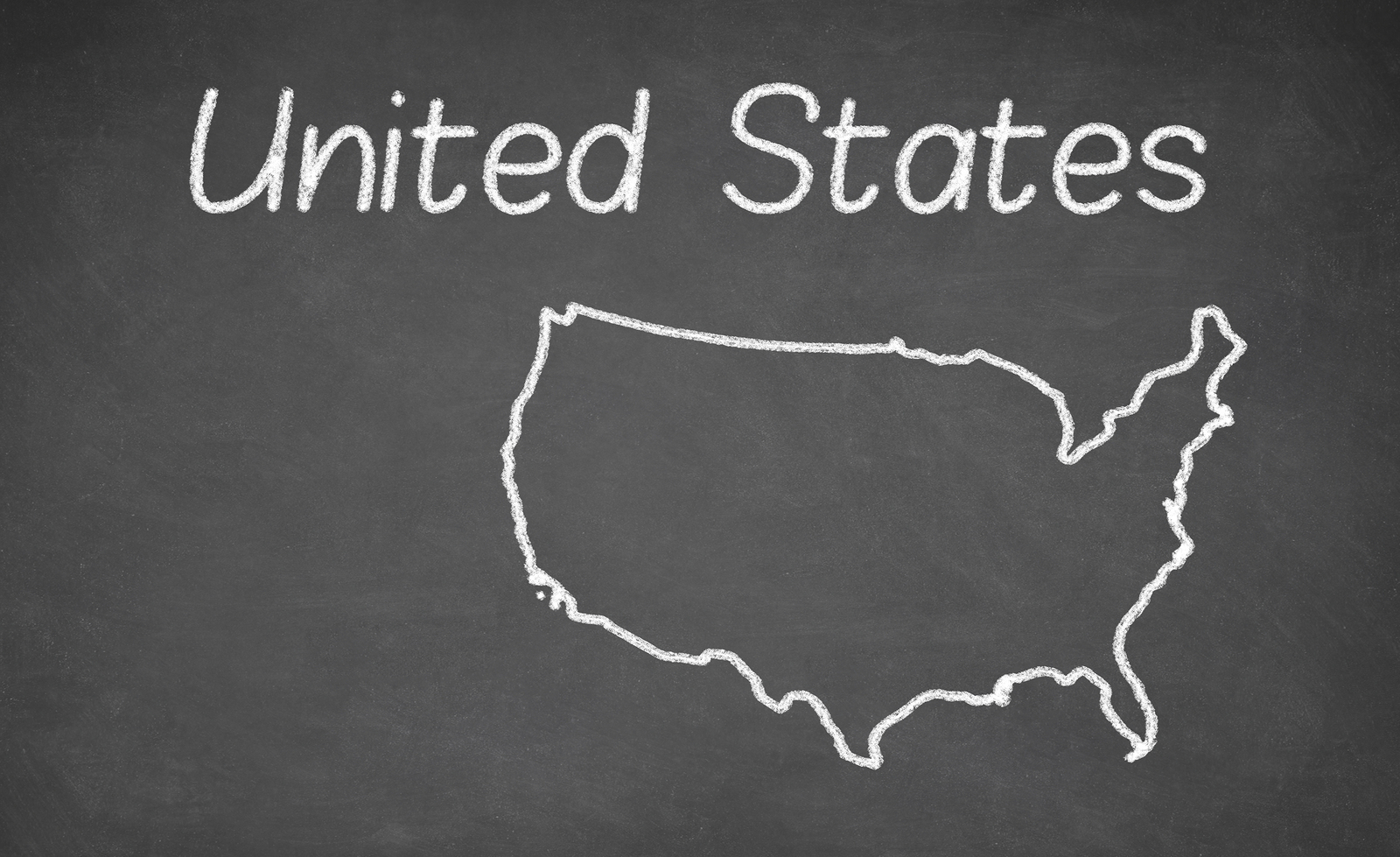
Long before Doppler radar and satellite imaging, we got our TV weather report from a man with a piece of chalk in his hand.
I was speaking with an elderly gentleman yesterday at the local hospital where he works as a volunteer despite being north of 90 years old. As usual, the conversation turned to the weather, and the impending Hurricane Irma, and the aftermath of Hurricane Harvey. The gentleman commented he didn’t believe they had as many bad storms back when he was a young man, and wondered if that climate change thing was causing more of them.
I agreed there we certainly were hearing a lot more about them, but I didn’t know if that was because there were actually more of them, or we just had a lot more access to information about them. As such conversations between older guys go, we continued our discussion of the lack of available television channels “back in the day.”
Growing up in rural Goodwater, AL (pop. ~2,000 at the time), we had access to four channels on good weather days; two from Birmingham (6 and 13), one from Montgomery (12) and one from Columbus, GA (channel 3). The one from Columbus was iffy, depending on atmospheric conditions, and was always “snowy,” a term that has disappeared with the advent of HD broadcasting. Today, you either get the channel or not, there is no in-between, but in the late 50s and 60s, you could get a faint signal, and if you really wanted to watch a particular show, you just dealt with it.
The fact that the three broadcast locations were in different directions from Goodwater meant someone had to turn the aerial (we didn’t call them antennas back then) towards the station. That meant going outside to the pole and facing whatever weather conditions applied at the time. Our pole had a rusty pipe wrench that was always left on the pole for just such a purpose.
Our aerial was the famous bow-tie type, that only had the capability of picking up VHF channels, which served the purpose because our television only had channels 2-13 on the dial.
Channel 3 from Columbus had a morning news show, which included a weather forecast by a gentleman whose name I have long since forgotten, but his segment didn’t include any fancy graphics or charts as we see on TV these days, and to the best of my remembrance, didn’t forecast out much farther than the next few days. Most of the five-minute or so segment was devoted to the weather for today, with a slight glance toward tomorrow, and contained statements like it may rain tomorrow, or it probably won’t rain today, with a high around this and a low of this tonight.
His weather map was a chalkboard with a drawing of the United States, which was blank except for the outline of the country at the start. By the time he finished, there were giant L’s and H’s encircled and drawn with chalk on the board, with long curved lines representing cold and warm fronts and arrows to denote their direction of movement.
But his drawing on that board was almost theatrical, making giant swooping motions in chalk, and animated gestures to add to the art he was producing. In less than the duration of his segment, that map was covered with all you needed to know about the weather across the country, and he ended his portion of the program with his signature toss of the chalk into the air, while reminding us to turn into tomorrow at the same time, same station.
Weather forecasting has certainly come a long way since those days, and countless lives have been saved by the technology that allows for early warnings and long-range forecasting. Still, I fondly remember those limited forecasts provided by the pioneers of TV weather. It’s partly because of them that we are blessed to have the technology today.
Didn’t know you were writing. Good job.
Very insightful, great memories. I enjoyed the column.
I remember Pat Gray on WBRC-TV, our ABC station in Birmingham.